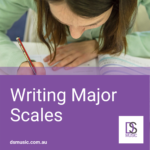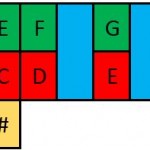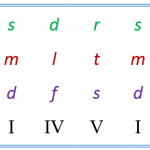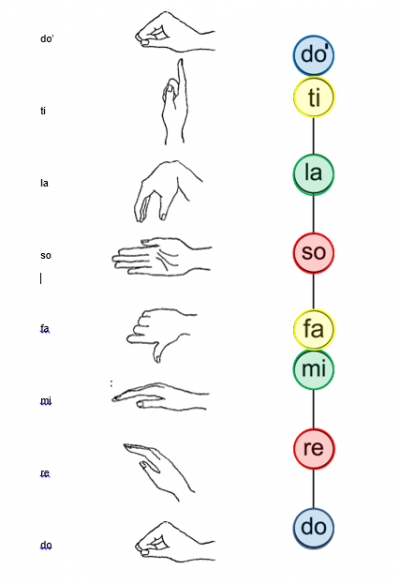-

Memorisation & Music Learning
An important aspect of any musicianship, music literacy or music aural and music theory work we do is memorisation. This is where you memorise a specific concept or element (e.g. scales or chords etc.) or activity (e.g. a melody or rhythm etc). The obvious reason for doing this is so that the information is there, in your […]
-

Beethoven & Bingo
Check out a few DSMusic free resources and a discover a round-up of our favourite finds this month.
-

Practice, Performance Anxiety & Lifting Literacy
Plus dynamics, quaver rests, quotes and more – check out a few DSMusic free resources and a discover a round-up of our favourite finds this month.
-

Melody, Models & a bit of Bill Bailey
Tackle tonality with Bill Bailey, check out a few DSMusic free resources and a discover a round-up of our favourite finds this month.
-

Major Scales, NAPLAN & Elgar
Check out some Level 1 Major Scale writing content, a few DSMusic videos and a round-up of our favourite finds this month.
-

do re mi songs that are NOT Hot Cross Buns
Tired of the same old do re mi songs? Me too. So here are four you may not know for your song collection. Girl with clock and pirate images courtesy of photostock Bored teacher image courtesy of saphatthachat Flea image courtesy of debspoons All available at FreeDigitalPhotos.net
-

How to Extend Your Most Musical Students
Something I love about teaching music literacy, musicianship, aural and theory using the Kodály method is how easy it is to create extension ideas and activities suitable for the HUGE range of student abilities within our classes. As any music teacher who has taught the first year of high school will know, our student’s abilities […]
-

Teaching Key Signatures by Jeremy Howard
Sound before symbol! Welcome to our very first guest post, kindly written and shared by Jeremy Howard. Jeremy is a Kodály teacher in Kentucky, USA. You can follow Jeremy’s fantastic Kentucky Kodály Classroom blog here.Thanks so much Jeremy! Teaching key signatures can be difficult since there is no associative “sound”. How does one then teach key […]
-

Jumbala Lyala – a new game for 3 metre
Have you noticed that, in Western cultures, we don’t sing a lot of songs in 3 metre?This means our students find it hard to use 3 metre for composing and improvising, as well as transcribing, as it is not part of their regular music language. I originally created these actions to highlight the accents in […]
-

Chord Canons
Two things I don’t cover enough in my classes are harmony/chord work and composition. Here’s an activity that covers BOTH and your older students will LOVE it! Once your students have learned the primary triads in a Major key and can sing these triads in various ways try this chord canons activity to practice but also to show how INCREDIBLY easy it is […]
-

“If you cannot teach me to fly…..
Teach me to Sing!” JM Barrie – author of Peter Pan. One thing I am often asked is why do I use Tonic or Movable do solfa to teach music? I believe that one of the most important goals for us as educators is to teach true music literacy. This is the ability to see […]

